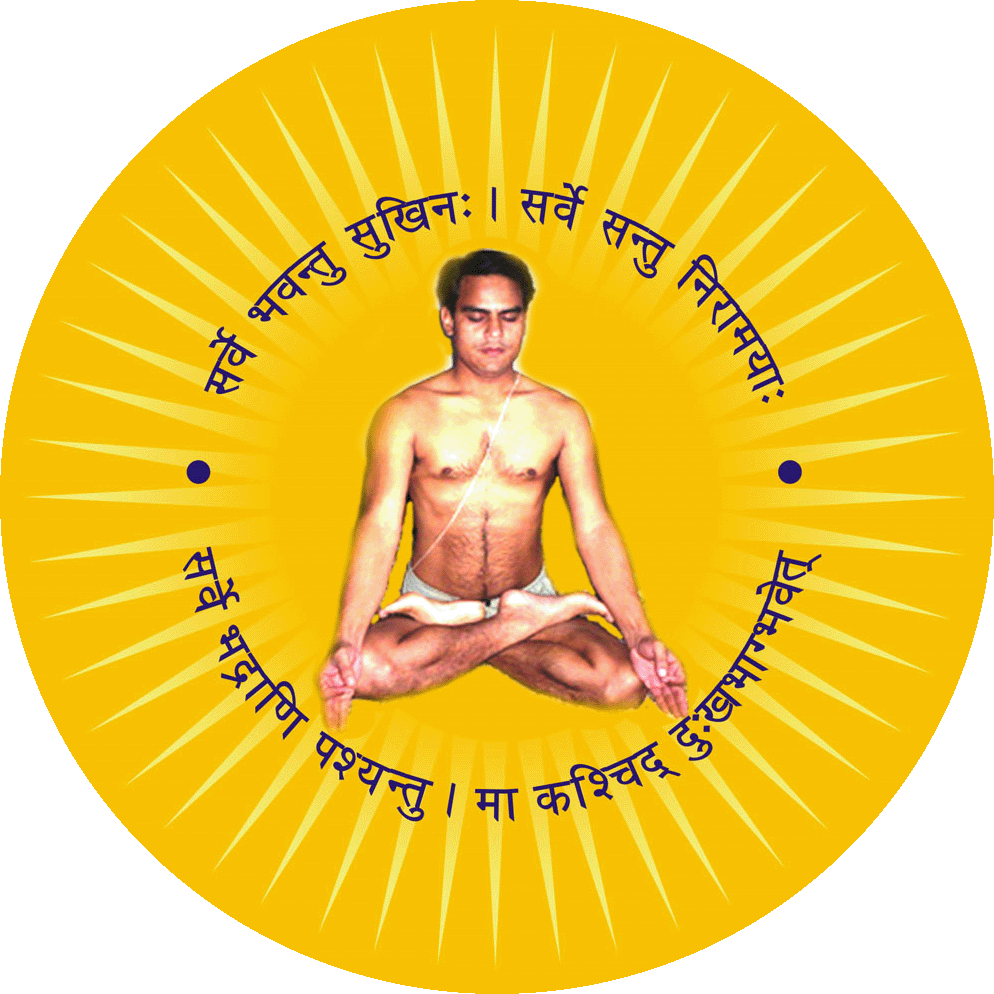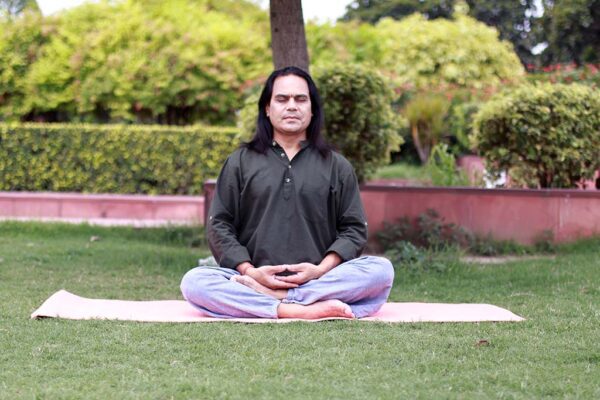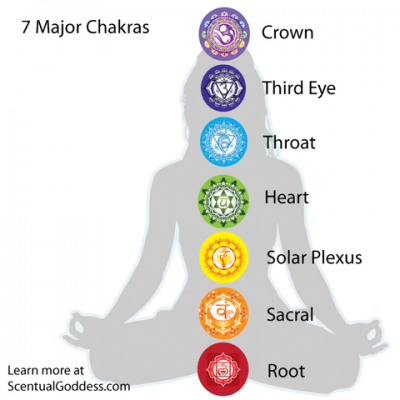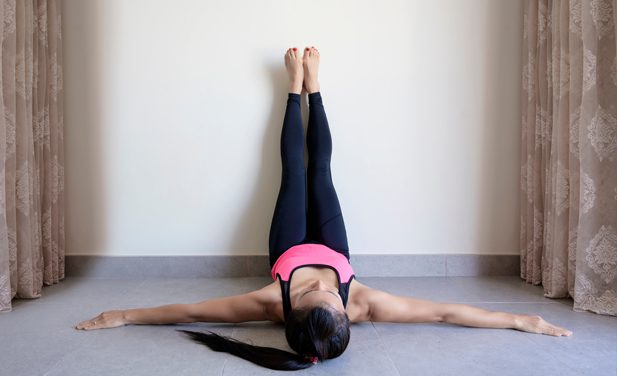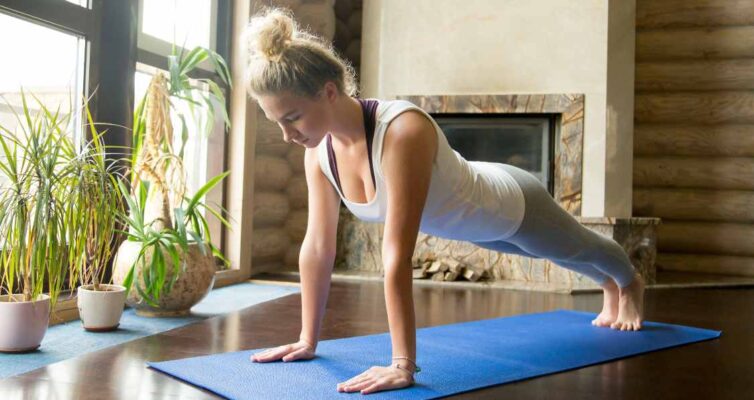Before beginning yoga, a pregnant woman should consider her medical history and consult a doctor. The first three months of pregnancy are critical as the risk of miscarriage is high. The recommended positions for pregnant women during this time include sitting with their feet apart, arms at shoulder height, and head and hands are simultaneously moving to the same side. It is best to avoid kneeling during this time.
Prenatal Yoga in Pregnancy
Yoga is an excellent exercise during pregnancy for many women. However, that recommended that you consult your doctor before beginning any exercise program, including prenatal yoga. Your regular yoga class may not be suitable for you during your pregnancy, and you should be sure to let the instructor know that you are pregnant.
Prenatal yoga classes are more focused on the specific needs of a pregnant woman.
Research has demonstrated that prenatal yoga can reduce the number of contractions a woman has during pregnancy. The authors of one study reported that yoga could reduce the frequency of contractions and improve a woman’s self-efficacy and confidence, both of which are important for a healthy pregnancy. However, more studies are needed to confirm the findings.

The first step in practising prenatal yoga is to listen to your body. Do not try to pose if you feel uncomfortable. It would help if you avoided inversions, especially in the third trimester. A 2015 study monitored the fetus’ movements during yoga poses during the third trimester, and the results showed that the women were not experiencing any fetal distress.
Another benefit of prenatal yoga is that it reduces stress and symptoms of depression during pregnancy. The gentle, intentional movement and structured breathing in prenatal yoga help to activate the nervous system and block the release of cortisol. This hormone can cause depression in pregnant women. Additionally, yoga helps to improve blood circulation in the pelvic area. It means more oxygen-rich blood will reach the baby.
Hatha Yoga in pregnancy
Hatha yoga helps a woman to be more flexible and relaxed during pregnancy. Its focus on gentle movements and structured breathing reduces the symptoms of stress and depression—women practising yoga in pregnancy experience fewer contractions and vaginal bleeding. The practice also increases physical strength. Gentle Hatha yoga can help a woman balance her body, reduce muscle tension, and support her growing baby. It also helps calm the mind and improve sleep.
The first trimester is the most delicate stage of pregnancy. The body undergoes tremendous changes, and hormone levels are the highest. Yoga in this trimester should focus on promoting implantation and the attachment of the placenta. Women should avoid overtaxing their bodies, which could negatively impact the unborn child.

Before practising Hatha yoga, pregnant women should begin by practising gentle stretches. They should breathe deeply and listen to their bodies. Some of the best hatha yoga poses for pregnancy include the pelvic tilt, cobbler’s pose, side-lying position, warrior’s pose, tree pose, and downward-facing dog.
When practising yoga during pregnancy, it is essential to stay hydrated. Pregnancy increases blood flow and metabolism, which can lead to overheating. A portable fan can help prevent overheating, and some studios offer fans for pregnant women. Breathing through the mouth is a common practice for women about to give birth.
Restorative Yoga in preganancy
Restorative yoga is a form of yoga that emphasizes relaxation. Many poses had done with the help of props, such as a bolster or folded blanket. Mounts provide additional support for the torso and allow the body to open deeply. These yoga positions can be beneficial for the entire body during pregnancy.
Pregnant women should try yoga to reduce stress and anxiety. Yoga meditation will help a pregnant woman feel calm and serene and will leave her feeling relaxed. Pregnant women should also try pranayama (breathing exercises) to tone the central nervous system. Pranayama will also help with breathlessness and high blood pressure. These breathing techniques can also help with labour.

To start, the pregnant woman should sit on the floor and draw her feet together, drawing her knees close. She can place blocks or bolsters in front of her belly to support her head and back. Then, gaze inward while she is resting. She will feel her back become more stable.
Most pregnant women start practising yoga in the second trimester. During this time, monitoring your body and listening to its signals is essential. Pregnant women should avoid postures that trigger pain, discomfort, shortness of breath, or dizziness. A pregnant woman should practice yoga with the help of a trained instructor.
Squatting Pose yoga in Pregnancy
Squatting poses in pregnancy is an excellent way to strengthen your lower back and hips, but they should do carefully to avoid injury. Avoid doing them right after a meal or on an empty stomach, and avoid lifting weights over your head. If you have previously used free weights during pregnancy, you can continue doing them. But make sure to consult with your doctor first.
Make sure to brace your core muscles and squeeze your glutes. Squat with your knees bent at about one-third of the way, keeping your spine neutral. Keeping your feet flat on the mat will help you maintain a proper stance, as will your toes. Afterwards, reverse the motion by squeezing your butt muscles.

Squats will prepare your body for labour. You can use a yoga block or a blanket under your heels to make squats easier. They will increase the lift and open up your pelvic floor muscles. You can also try doing squats against a wall to get more support.
Squatting is particularly helpful during the second stage of labour. It can help your pelvis open up, making it easier for your baby to move down the birth canal. It also helps relieve pain during contractions. However, it requires training to maintain proper form. Practice early in your pregnancy to strengthen your thighs and perfect your technique.
Yoga Nidra
Yoga Nidra is a type of Yogic sleep that is particularly helpful during pregnancy. It is generally practised in a comfortable seated position and can last 20 to 30 minutes. A Yoga teacher can guide it, or you can follow recorded instructions. It is vital to remain conscious throughout the practice to create optimal conditions for fetal development.
Yoga Nidra can help you relax and sleep better at night, helping you bond with your baby and reduce stress. It can also improve your ability to cope with the day-to-day stresses of pregnancy. It can also increase oxytocin, the hormone of love, which can help you bond with your new baby. Additionally, it can help you release unwelcome habits and feelings that can keep you up at night.

There have been some concerns about the effectiveness of yoga in pregnancy, and there is no consensus on whether it is safe for pregnant women. However, some experts believe that it has many benefits. According to the authors of one study, it may reduce the discomforts of pregnancy, improve self-confidence, and reduce anxiety.
The technique is not difficult to learn. Practising it in a quiet room, away from distractions, is essential. You should also choose a dark room and try to cover your head with a blanket to block out any light. You may want to practice this during the day. Ultimately, it will help you sleep better at night.
Cat/Cow yoga in pregnancy
Practising the cat/cow pose in pregnancy is an excellent way to prepare your body for labour and birth. This pose is a great way to help the baby get into a good position and is also helpful in cases of breech babies. While doing this pose, remember to keep your spine neutral and breathe deeply into your lower back. It can perform this pose on hands and knees or a tabletop.
This pregnancy-friendly yoga pose can help alleviate back pain during labour. It stretches the spine and helps the baby get into the best position for birth. While doing this pose, remember to breathe deeply and sync your breath with your abdominal contractions. Then, release your head and gently press your hands into the floor to help move your baby into the correct position.

They can do the cat/cow pose from any position, including your bed or office. It is also great for relieving lower back pain and improving core strength. This yoga pose is also suitable for preemies, as the gently arched back will prevent them from being breech.
The cat/cow pose is an excellent exercise for pregnancy’s second and third trimesters. While the carriage may be challenging, it is safe. As with any other activity, listen to your body and modify the pose if it is uncomfortable. If you’re considering learning the benefits of prenatal yoga, you’ll want to consult with your doctor first.
